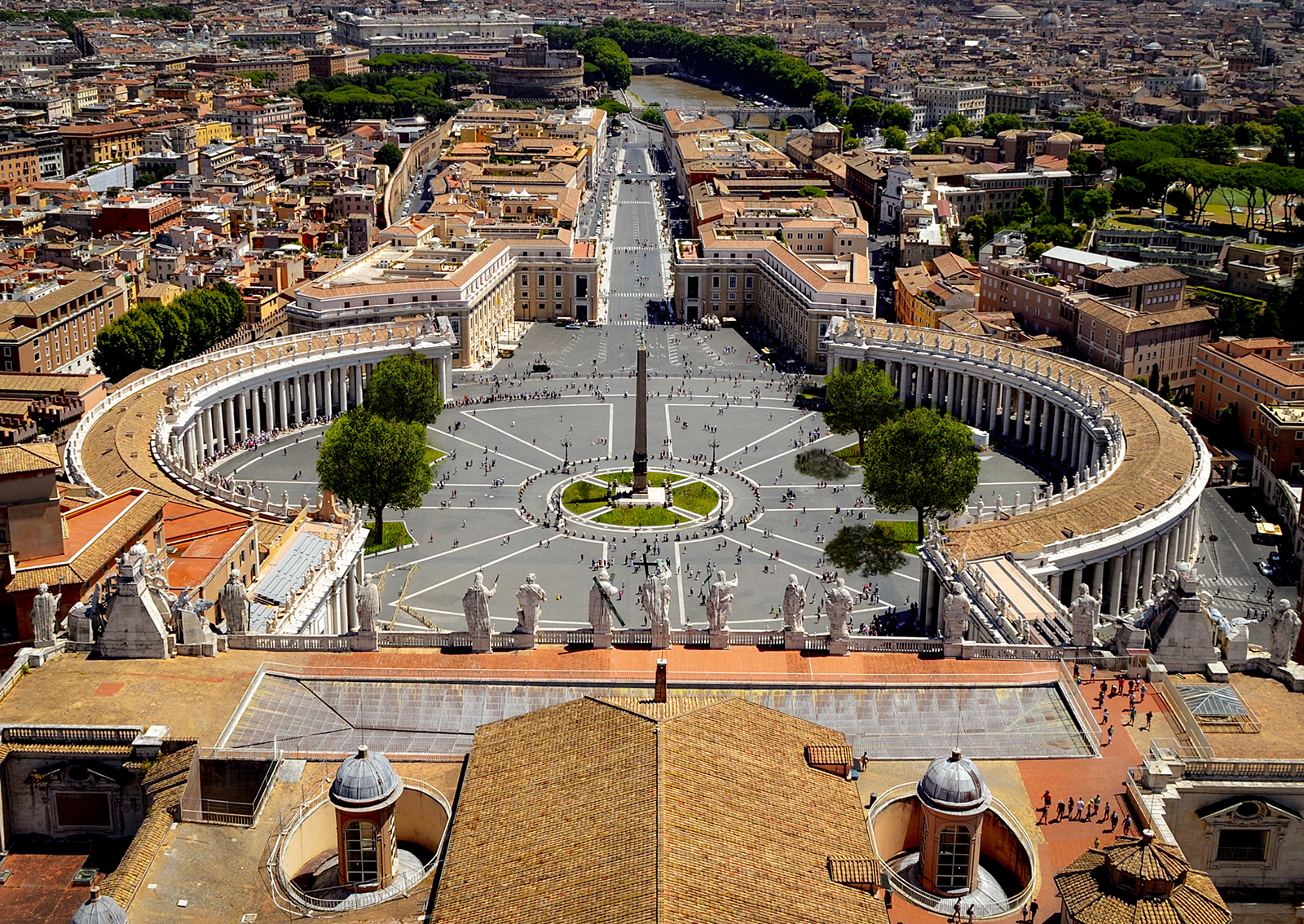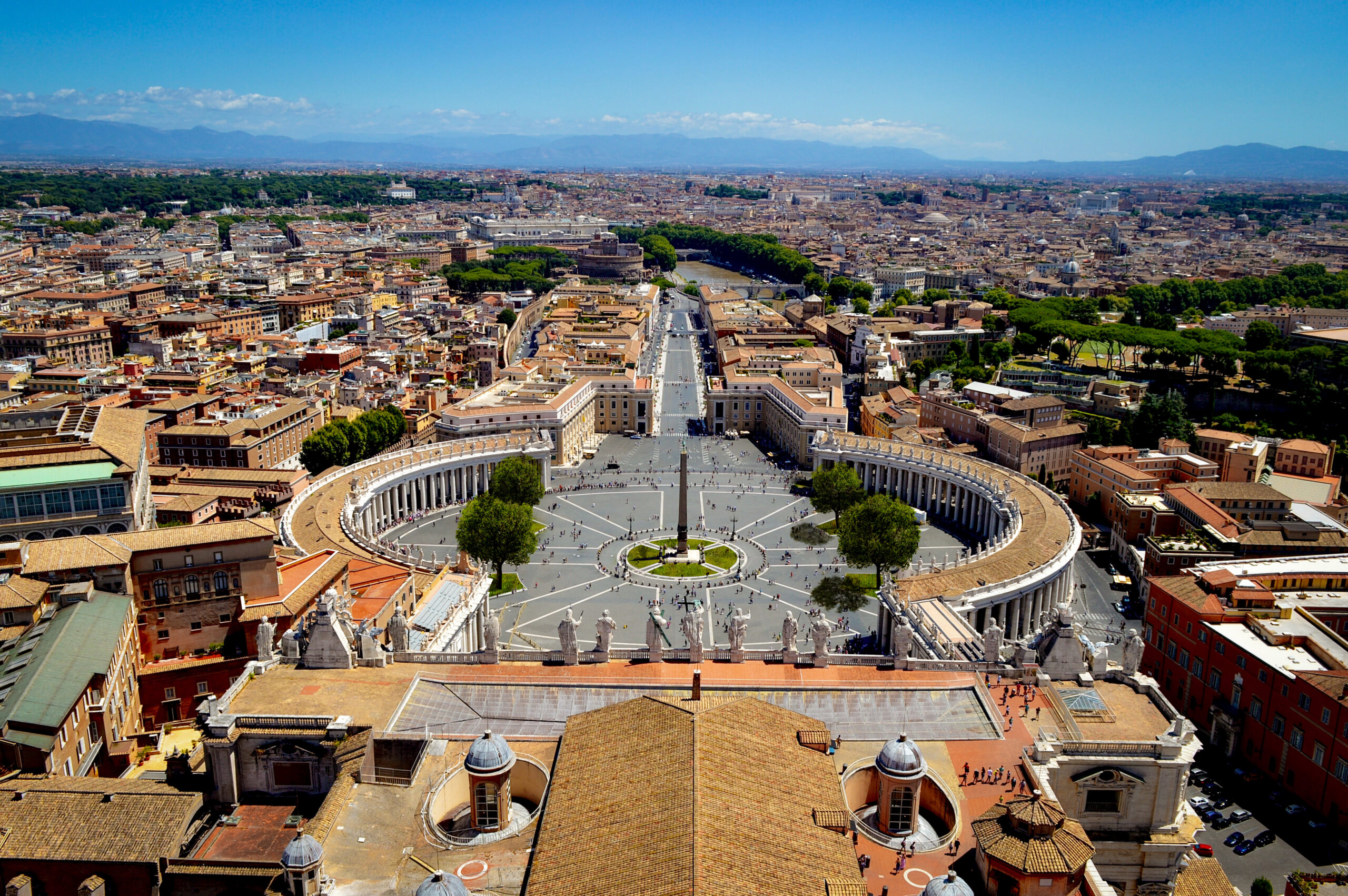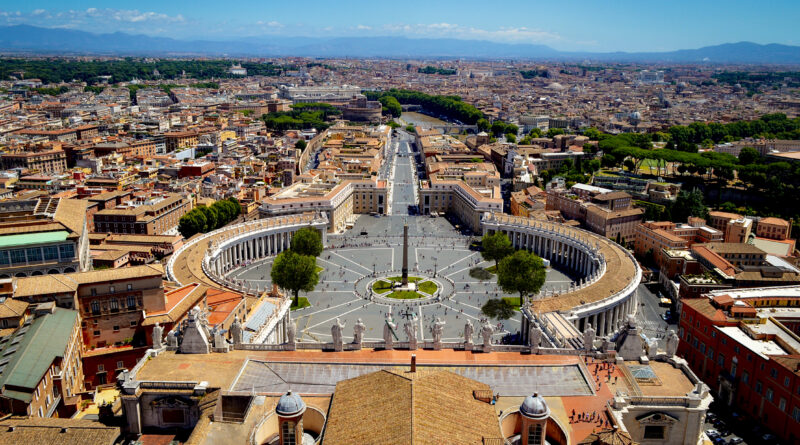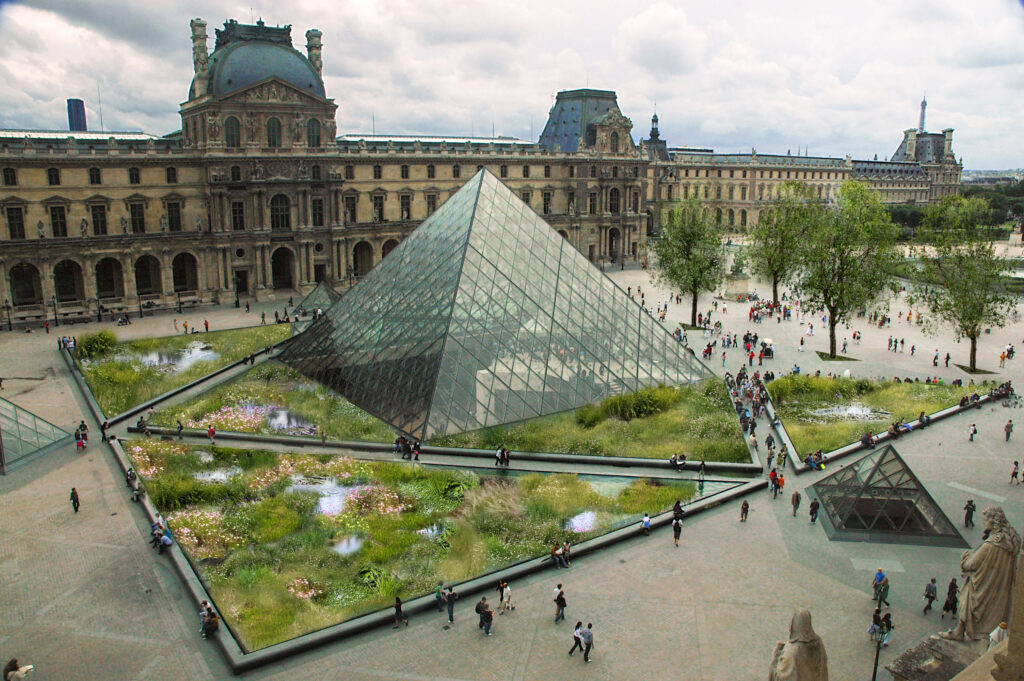Greenery at St. Peter’s Square in Rome
Greenery at St. Peter's Square in Rome
Here is another one of our projects aimed at sparking discussion and encouraging reflection on whether the world’s most touristy places should become greener.
Should trees be growing on St. Peter's Square?
Every day, the Saint Peter’s Square in Rome attracts thousands of tourists, but the increasing threat of record temperatures and the lack of shade and natural greenery pose a growing challenge for us. The stone-paved surface of the square only intensifies the urban heat island effect, creating unfriendly conditions for tourists and residents of Rome.
Urban heat island, also known as the temperature difference between the city center and the green suburban area, is caused by the specific structure of the city characterized by a high amount of artificial surfaces, a low percentage of urban greenery, and limited ventilation. Materials such as concrete, stone, asphalt, and brick absorb more solar radiation than they reflect, leading to an increase in temperature in their surroundings.

Rome, like many other major tourist destinations around the world, symbolizes the need for introducing trees and greenery into such spaces. Of course, in the case of Saint Peter’s Square, where significant ceremonies take place, it is not feasible to cover the entire area with vegetation. However, there is a necessity to provide tourists with spaces where they can freely rest and seek shelter from the scorching sun.



The presence of greenery is of significant importance for the comfort of visitors. The surface of the stone square can reach temperatures above 42 degrees Celsius, while in the shade of a tree, the temperature can be nearly 15 degrees lower. This difference is noticeable and substantial. Even in photographs, we can see how tourists seek shelter in the shade of the obelisk, seeking relief from the heat.
That’s why it is crucial to introduce greenery in selected areas, creating oases of relaxation and shaded zones. It requires a discussion to find the right balance between the needs of ceremonies and the needs of tourists.

Our visualizations are not finished projects but a starting point for discussions about climate change. Considering the current situation, it is necessary to take action at all levels, from businesses and investments to municipal and national authorities. These visualizations aim to initiate conversations and influence those who care about the planet. We want cities to be green and enjoyable places to live.





